Source: Sterling Children’s Books
Hardcover, 48 pages
I am an Amazon Affiliate
Poetry for Young People: African American Poetry edited by Arnold Rampersad and Marcellus Blount, illustrated by Karen Barbour for ages 8+, includes poems from those well-known and those who may be new to readers, teachers, and parents alike. Maya Angelou, Langston Hughes, Nikki Giovanni, and Lucille Clifton are just some of the poets you would expect in this collection, but also there is Elizabeth Alexander, Alice Walker, and others who are either known for other literary works or are not as well recognized by the public for their poetic accomplishments. The editors include explanations of the poets’ lives, the poems, and vocabulary that may be unfamiliar. The illustrations are very reminiscent of modern art with a bit of a mosaic quality.
From “We Wear the Mask” by Paul Laurence Dunbar (page 12)
We wear the mask that grins and lies,
It hides our cheeks and shades our eyes,–
This debt we pay to human guile;
With torn and bleeding hearts we smile,
And mouth with myriad subtleties,
Why should the world be over-wise,
In counting all our tears and sighs?
Nay, let them only see us, while
We wear the mask.
In the introduction, the editors raise a good point about African-American poets and their sense of duty to balance not only their freedom to write about any subject, but also their internal obligation to write about the subject of race. Two poets — Philis Wheatley and George Moses Horton — were given the freedom to learn to read and write as slaves and to publish or compile their own poetry collections, a “privilege” that was not lost on them.
For those early poets paving the way for other African-American poets, a new struggle began for them — writing in dialect and Standard English — and these poets soon began to feel as though their own work in dialect was a comic view of black American life, which was not at all how they wanted it portrayed. This introduction is rich in information about these early poets and could be used to bridge conversations about poetry and history with young students and readers either in the classroom or at home. Whether these poets explicitly talk about race or not, they are about freedom and some show an unvarnished look at our own shared history.
Poetry for Young People: African American Poetry edited by Arnold Rampersad and Marcellus Blount, illustrated by Karen Barbour, will generate discussion among teachers and students, parents and children, of all ages. In addition to the historical and biographical information, the editors also offer some detail about poetic form, including haiku, which could be useful to generate classroom exercises among students or just for fun as a family activity.

Click below for today’s stop on the 2014 National Poetry Month: Reach for the Horizon blog tour:

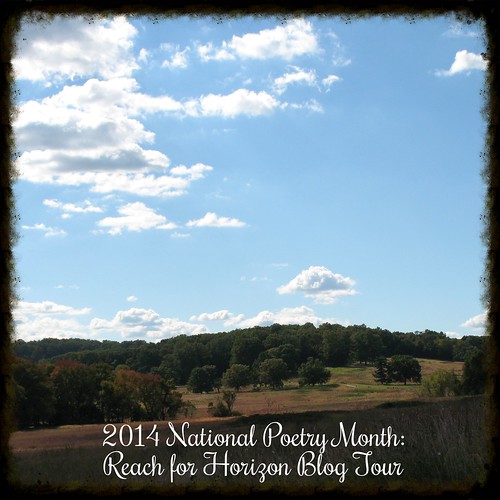

 About the Editor:
About the Editor:
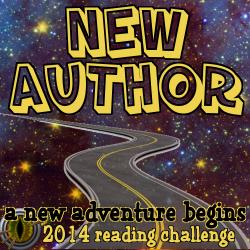


 About the Author:
About the Author: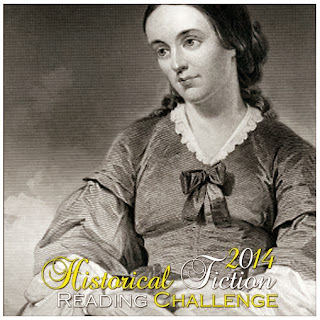


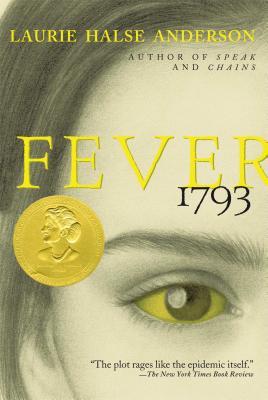
 About the Author:
About the Author: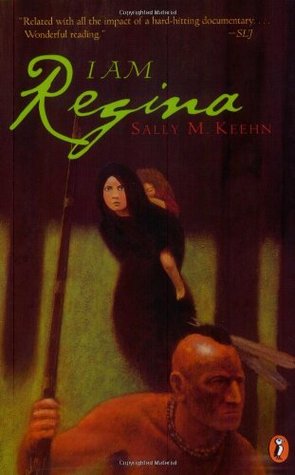



 About the Author:
About the Author:
 About the Author:
About the Author:
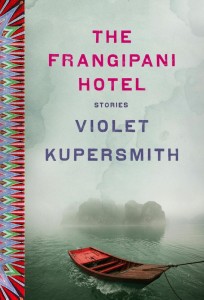
 About the Author:
About the Author:


